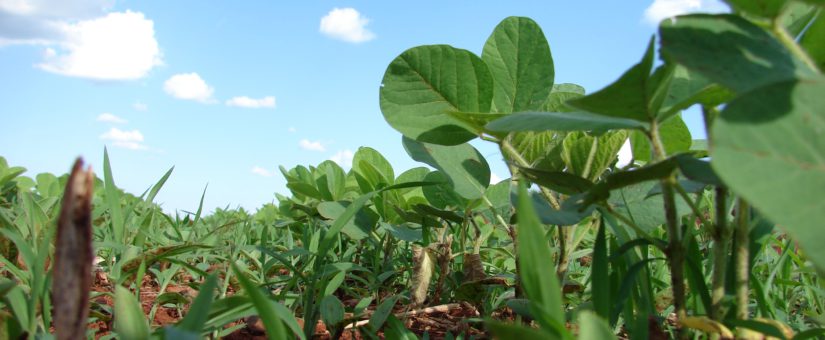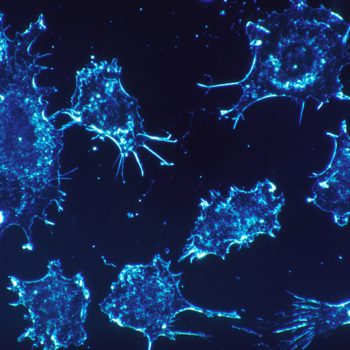
Soya and your Health: HIV
The Human Immunodeficiency Virus (HIV) epidemic in South Africa is a rapid-growing crisis with 7,03 million people assumed to be infected in 2016 (StatsSA, 2016). Removing a large portion of skilled and knowledgeable people in our country. HIV is a virus that attacks the immune system, our body’s natural defence against any illnesses. The way the virus works is that the virus destroys the white blood cells (in the immune system) and duplicates itself inside the cells – replacing the white blood cells with the cells of the virus. This gradually breaks down the person’s immune system, leaving the person incapable of fighting off disease and infection. Being HIV-positive should not mean that a person cannot lead a healthy life, while there is no cure for it, with the right treatment and care a person can cope with the virus.
Protein-rich diet
Soya provides people with a protein-rich diet if need be. If a person is infected with HIV, their body may undergo changes from both the virus and the medications they will be taking. Making improvements in the diet, ensuring that enough protein and energy is being consumed is essential in improving an HIV-positive person’s health. In order to get the nutrition an HIV-infected patient needs they will need to eat a diet that is high in vegetables, fruits, whole grains and legumes, as well as low-fat sources of protein. Sugar and salt also need to be eliminated. A high-protein diet is critical for an HIV-infected person because protein helps build a strong immune system, as well as muscles and organs. Soya is a perfect solution for adding extra protein into the diet. This is because soya protein is low in fat, has no cholesterol, is a good source of fibre but mostly because of its high protein content.
Drug resistance and the EFdA Molecule
Drug Resistance is common in HIV patients who are being treated with antiretrovirals, this is because HIV replicates at a rapid rate and does not contain the protein that is needed to correct the mistakes it makes during the replication process. The virus’s genetic structure mutates, changing the protein, specifically the enzyme’s, set up and these changes or rather mutations can block drugs from working against the HIV enzymes they were designed to target.
As mentioned in our previous blog Soya and your Health: Overview a new molecule was found in soy sauce that could change the face of anti-retroviral medication and the prevention of drug resistance. The EFdA molecule is currently being tested to see its efficiency in stopping HIV from spreading. The EFdA molecule is less likely to cause drug resistance in HIV patients because the molecule is more readily activated and less likely to be broken down by the virus. This is because it is a Nucleoside Reverse Transcriptase Inhibitors (NRTIs) which means that the molecule will ‘hijack’ the HIV replicating process by tricking the virus into using the molecule as a building block. This misleads the virus which prevents the replication process, thus halting the spread of the disease. The EFdA molecule is still being tested, but its usefulness as an HIV-halting drug looks promising.
Soya has proven wonders for people’s health, and the EFdA and high-protein content are just the tip of the iceberg when it comes to how useful soya is in the fight against HIV. Keep an eye out for one of our up and coming blogs about the Wonders of Genistein for more information!



0 Comments